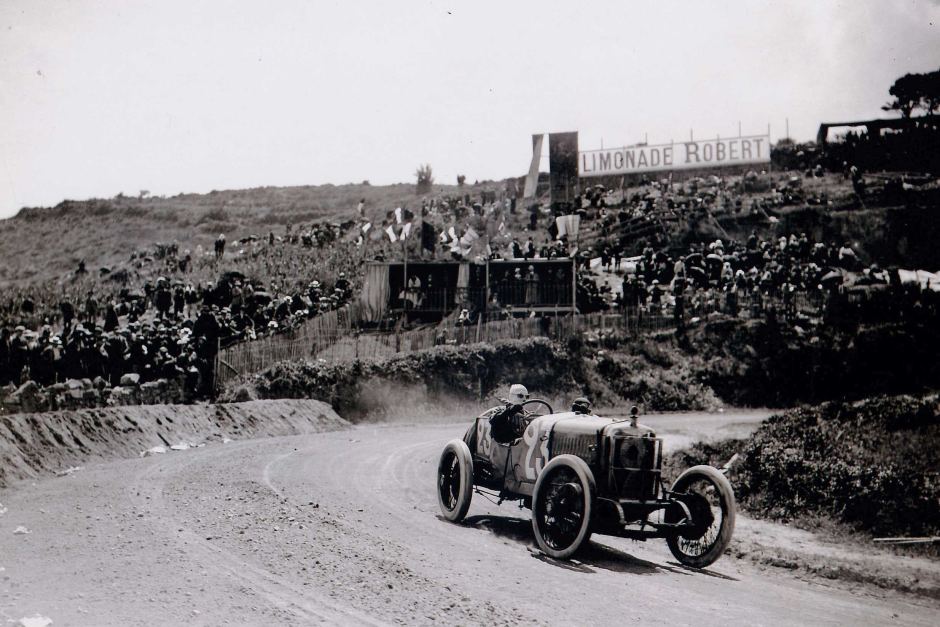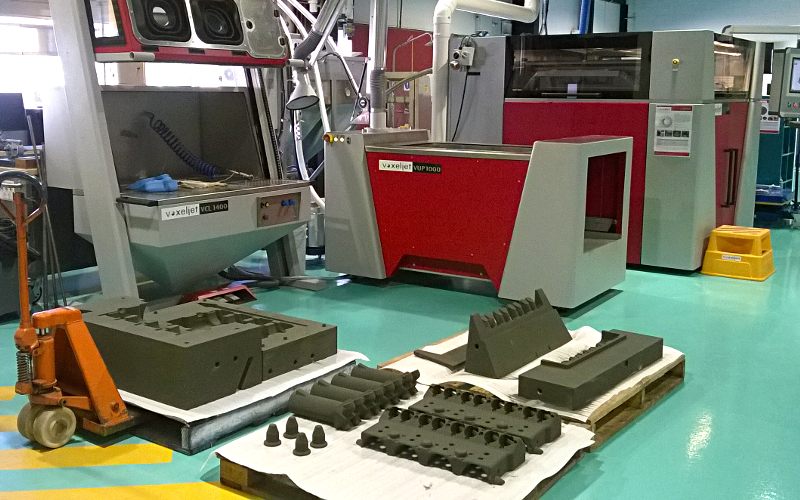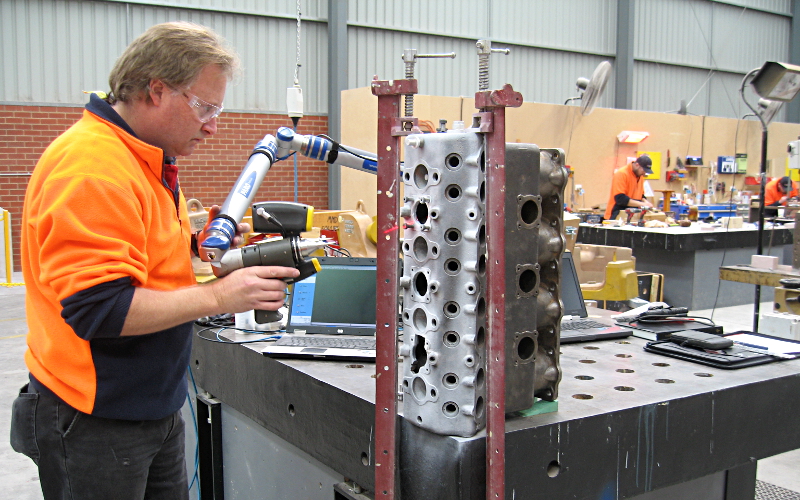The last-surviving 1914 Delage Type-S has been resurrected with 3D printing. The 103 year-old car, currently in Australia, has laid dormant for three years since its engine block cracked in 2014. With no original drawings and no replacement parts, it seemed that the classic car may have had its day. Now, the engine is running just as it was over a century ago in the 1914 Lyon Grand Prix.

One-of-a-kind
One of only three ever manufactured, the car was brought to Australia in the 1920s, while the other two were melted down for World War One munitions. This meant that its one-of-a-kind status was both a blessing and a curse.
Grant Cowie, an engineer that specializes in pre-war motorcars was approached with the project and quickly realized alternative methods would be necessary. Speaking to Australia’s ABC News Cowie said,
I knew that to use the traditional method, which involves a wooden pattern, would be prohibitively expensive and with such a complicated casting it was possible it would take several attempts to get it correct.
3D printing and sand molding
For time savings and accuracy, Cowie decided to turn to 3D printing technology. Using 3D scanned data, the team were able to CAD model a highly accurate mold of the engine. The mold was then 3D printed in sand using a Voxeljet VX1000 3D printer.

Afterwards metal was poured into the 3D printed molds to recreate the entire engine block.
Lab 22 at the Australian Commonwealth Scientific and Industrial Research Organisation (CSIRO) carried out the work. Project manager, Phil Guilfoyle, explains the manufacturing method,
We dissembled the defective engine and used scanning and CAD modelling to reconstruct the failed casting. With reverse engineering, we were able to generate all of the required 3D data sets in a short time period,

Guilfoyle continues.
The re-manufacture of such a unique and exotic racing engine, would not be feasible without digital measurement, CAD modelling and 3D printing technology. This can now be done quickly and cost-effectively. Also, using Voxeljet sand printing technology, the final part is an authentic reproduction of the original.
The team believe the engine could now last another century.
Saved by 3D technologies
3D technologies are proving to be the perfect partner for invaluable parts that would otherwise be impossible to acquire by other means. Reverse engineering service providers blupointscan, based in California, has become one such specialist in making parts for cars. Past projects include work on a Shelby Cobra, Ford GT-40 and a Ferrari Dino. 3D printed parts can also be found inside the Arrinera Hussarya – Poland’s first supercar.
While 3D printing can be used to create one-off parts, the technology also has potential to produce spare parts on demand. German rail company Deutsche Bahn is exploring the use of 3D printing to manufacture spare parts in the hope of eliminating large stock warehouses and speeding up the production process. Ford Motor Company is also getting to grips with 3D printed parts as it is currently testing the Stratasys Infinite Build 3D printing system.
Make sure you vote in the 3D Printing Industry Awards.
For the latest automotive 3D printing news, follow us on twitter and sign up to our newsletter.
Featured image shows the resulting engine. Photo by Fiona Pepper for ABC Radio Melbourne.



